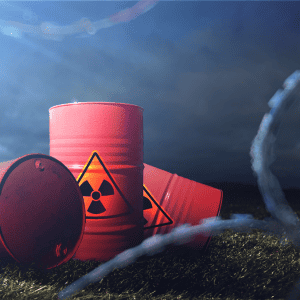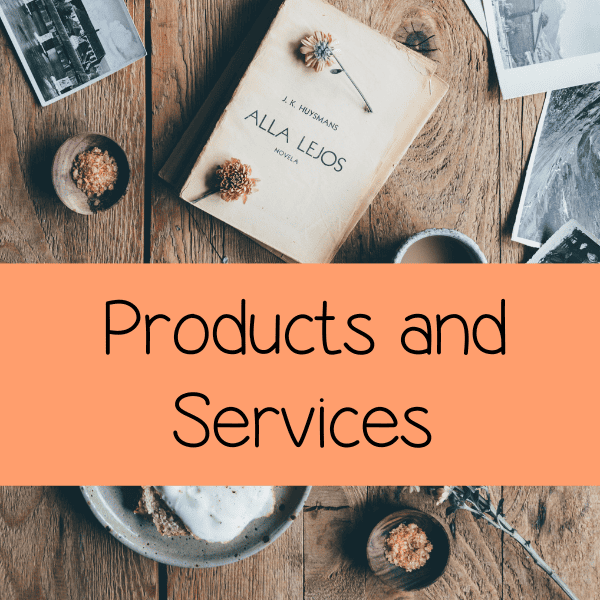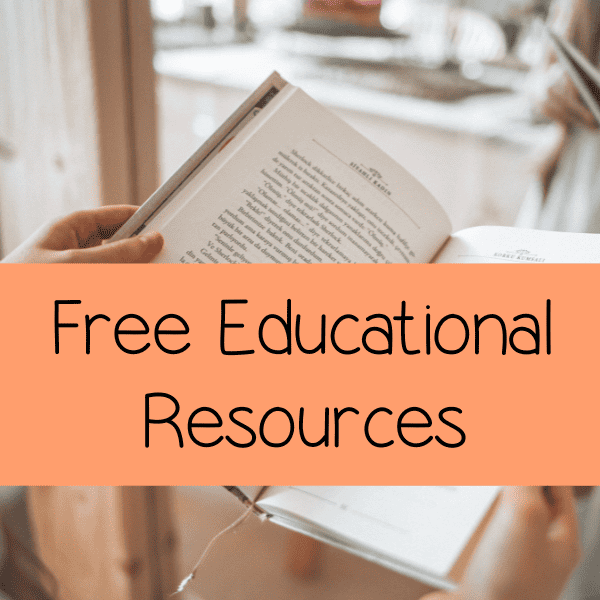Last updated on May 9th, 2024 at 06:50 am
Children Detoxification Strategies | Why Detoxification is Essential for Children
In an era where environmental challenges have intensified and children are facing an unprecedented barrage of toxins, the need for bolstered resilience has become a primal necessity. This holds particularly true for parents, especially those whose children face developmental and behavioral challenges, including those on the autism spectrum. They are responsible for nurturing their young ones in a landscape filled with potential health hazards. It’s important to learn about resilience and children’s natural weaknesses to protect our future generations. It’s time to shine a light on children’s detoxification strategies not as a trend, but as a foundational pillar of modern parenting.
The Evolving Challenges Faced by Children Today
Children are arguably one of the most vulnerable populations when it comes to the detrimental effects of toxins.
The products and byproducts of industrialization have seeped into every facet of their lives, often without parental awareness.
What might seem like incidental exposure—a nibble of old paint in a rented home with lead traces, a daycare built on an urban plot with soil rich in pollutants—can, over time, manifest as profound health issues.
Resilience, or the natural ability to adjust when faced with challenges, is something we need to actively develop.
We need resilient children, equipped not only with a robust immune system but also with the means to handle and excrete the toxic burden they’ve unwittingly inherited from their environment.
Detoxification, the systematic process of removing harmful substances from the body, is an integral piece of the resilience puzzle.
Understanding Children’s Vulnerability to Toxins
Biological Factors
Children’s bodies are still in the formative stages, with developing organs and immune systems that are less equipped to fend off toxins compared to fully matured adult counterparts.
This biological disadvantage is compounded by their behavioral tendencies, including frequent hand-to-mouth movements and a greater intake of air, food, and water relative to their body size.
Neurological Effects
Toxins such as lead are notorious for their deleterious impact on neurodevelopment.
The slow drip of exposure can lead to a myriad of issues from cognitive deficits to behavioral problems and developmental delay.
Hormonal Disruptions
Endocrine disruptors, found in everything from plastics to pesticides, can wreak havoc on a child’s hormonal balance, with implications for growth and sexual maturation.
These disruptors sneak into your child’s environment without you even realizing it and will cause hormonal issues.
Respiratory Issues
High levels of air pollution are correlated with an increased incidence of asthma and other respiratory conditions in children.
Asthma is on the rise and is definitely an outcome of the high levels of toxicity that our kids are encountering.
Long-Term Health Implications
 It’s not just today’s health that’s at stake; long-term implications like reduced fertility, increased cancer risk, and even heritable mutations may stem from early toxic encounters.
It’s not just today’s health that’s at stake; long-term implications like reduced fertility, increased cancer risk, and even heritable mutations may stem from early toxic encounters.
Given the broad spectrum of challenges stemming from environmental toxins, it’s evident that protective measures and strategies are not just optional but imperative for the health and well-being of our children.
As a parent, it is imperative to be armed with knowledge and tools to mitigate these risks.
This includes understanding how to limit exposure to harmful substances, identifying safer products and environments, and advocating for cleaner, healthier communities.
It’s imperative that we take proactive steps to safeguard our children’s health against the backdrop of an increasingly polluted world.
Exposures Before Birth: The Hidden Threat
The dangers associated with toxic exposure begin even before the birth of a child.
Prenatal life once considered the paragon of purity for its lack of worldly engagements, has become fraught with its own set of hazards.
Transmission Through the Placenta
Contrary to popular belief, the womb is not an impermeable fortress.
Toxins readily cross the placental barrier, beginning their insidious assault on fetal health.
This early exposure can have far-reaching, sometimes irreversible effects on the developing fetus, leading to complications that may span a lifetime.
Research now shows that the groundwork for many chronic diseases and neurological conditions is often laid down even before birth, making prenatal protection against toxins critically important.
Effects on Fetal Development
These preterm doses of pollutants and heavy metals can disrupt fetal growth, adversely affect organ formation, and impair future health trajectories.
Awareness and proactive steps during pregnancy can significantly mitigate these risks.
It’s essential for expectant mothers to adopt lifestyles and environmental adjustments that prioritize detoxification and minimize exposure to potential toxins.
Common Sources of Prenatal Toxin Exposure
The diet and lifestyle choices of a mother, alongside environmental pollutants and household products, can significantly affect the unborn child.
These factors lay the groundwork for a future potentially beset with health issues.
The situation calls for increased vigilance and a proactive approach towards creating a toxin-free environment for the unborn and young children alike.
Ensuring a safer, cleaner world for future generations is a shared duty that falls on the shoulders of communities, healthcare providers, and governments.
Identifying Sources of Heavy Metals
While many toxins pose pernicious threats, heavy metals stand out for their extraordinary persistence and potential for harm.
Lead
Historically abundant in paint and pipes lead still lurks in older homes, quietly leaching into water supplies when fixtures corrode.
Despite regulations that significantly reduced its use, lead also remains a concern in soil contamination near roads and industrial areas, further extending its reach into our daily environments.
Mercury
Once revered by alchemists, mercury is now known for its neurotoxic effects and can be found in alarming quantities in some seafood and ecosystem-disturbing industrial activities.
Pregnant women, in particular, are advised to avoid high-mercury fish, as even small amounts of this heavy metal can interfere with a baby’s neurological development and cognitive functions.
Arsenic
Colorless, odorless, and deadly, arsenic permeates our water and food supplies, sometimes creeping in from agricultural pesticides.
Rice, a staple food for billions, has been found to accumulate arsenic from contaminated soils, highlighting the importance of diversifying diets to mitigate exposure risks.
Cadmium
Less well-known than its counterparts, cadmium’s presence in cigarettes, certain foods, and industrial settings is no less troubling.
These heavy metals, deeply embedded in the environment, underscore the urgent need for stringent regulations and individual precautions to prevent exposure.
Aluminum
Often overlooked in conversations about toxic metals, aluminum’s ubiquity in consumer products and the environment makes it a silent yet significant concern.
Found in everything from cookware and cans to antiperspirants and water treatment processes, aluminum enters our bodies through various channels.
While the body can handle small amounts of aluminum, continuous exposure can lead to a buildup, potentially impacting neurological health and contributing to diseases such as Alzheimer’s.
Reducing exposure by choosing aluminum-free products and being mindful of aluminum-containing items can help mitigate the risks associated with this pervasive metal.
Disclosure: There are affiliate links in this post. If you click the link and buy something, I might get a commission at no additional cost to you! This is what keeps this blog running so consider using these links if you decide to try any of my recommendations.
The Need for Continuous Detoxification in Today’s World
 In today’s world, toxins pervade our environment at an alarming rate, necessitating a proactive approach to detoxification.
In today’s world, toxins pervade our environment at an alarming rate, necessitating a proactive approach to detoxification.
The surge in industrial activity and consumer demands has led to a surge in toxic substances released into our surroundings.
Unlike acute events, chronic low-level exposures are harder to detect and address, with children bearing the brunt of these insults as they continue to develop.
The implications of this toxic burden extend beyond individual health, affecting societal well-being and economic systems.
Over time, even seemingly negligible exposures can accumulate, overwhelming the body’s natural defenses.
Moreover, in our rapidly changing world, identifying and mitigating new sources of toxicity poses significant challenges, given the constant technological advancements and shifts in lifestyle.
Zeolites: Nature’s Detox Solution
In this modern drama of detoxification, zeolites emerge as unsung heroes—natural volcanic minerals with unique adsorption properties that allow them to trap toxins and escort them out of the body without releasing them elsewhere.
Natural Volcanic Minerals with Powerful Adsorption Capabilities
Zeolites are like molecular sieves, with a honeycomb structure that affords them an incredible surface area for capturing a wide range of toxins.
Their ability to selectively bind heavy metals, pollutants, and other harmful substances makes them a valuable ally in the fight against environmental toxins.
Advantages of Using Zeolites for Children’s Detoxification
Zeolites offer a gentle yet effective way to assist a child’s body in managing toxin exposure, complementing a holistic approach to health that includes nutrition, physical activity, and emotional well-being.
Their gentleness on young bodies, versatility in application, and scientific backing make zeolites an ideal detox partner for children navigating a world fraught with toxins.
Exploring a Variety of Natural Detox Solutions Beyond Zeolites
While zeolites shine in their ability to remove a broad spectrum of toxins, they are far from the only tool in the detoxification kit.
Children Detoxification Strategies
Activated Charcoal
Activated charcoal, when administered in appropriate doses, can absorb toxins in the gut and prevent their absorption into the bloodstream.
Milk Thistle
A stalwart of liver health, milk thistle supports the organ responsible for much of the body’s detoxification activity.
Detox Baths
Epsom salts, baking soda, bentonite clay, and essential oils in a warm bath can induce relaxation and assist the body in eliminating toxins through the skin.
Hydration
A simple but powerful detoxifier water, ample hydration supports the body’s natural filtration processes.
Empowering Parents to Protect Their Children’s Health
Arming you with knowledge and resources to protect your children’s well-being is crucial in today’s world.
Proactive measures are paramount, whether it’s integrating detoxifying foods into your family meals or opting for toxin-free alternatives in household products.
Awareness of the everyday items and activities contributing to toxin exposure serves as your first line of defense in safeguarding your children’s health.
Educating you about common sources of toxin exposure empowers you to advocate for change in a landscape rife with environmental hazards.
Supporting initiatives aimed at identifying and eliminating sources of toxicity is key to fostering a healthier environment for your children.
Conclusion
Resilience is the keystone of health in a world teeming with toxins.
As parents, our role is not to shield our children from every potential harm—impossible as that may be—but to equip them with the mechanisms to withstand and recover from life’s slings and arrows.
Detoxification is not just for adults; it is the birthright of every child, an essential tool for navigating the modern world with vitality and vigor.
Additional Resource:
- Storefront
- Autism Natural Detox for Children with Autism
- Fulvic Acid Benefits
- HERXHEIMER Reaction and Detox





0 Comments